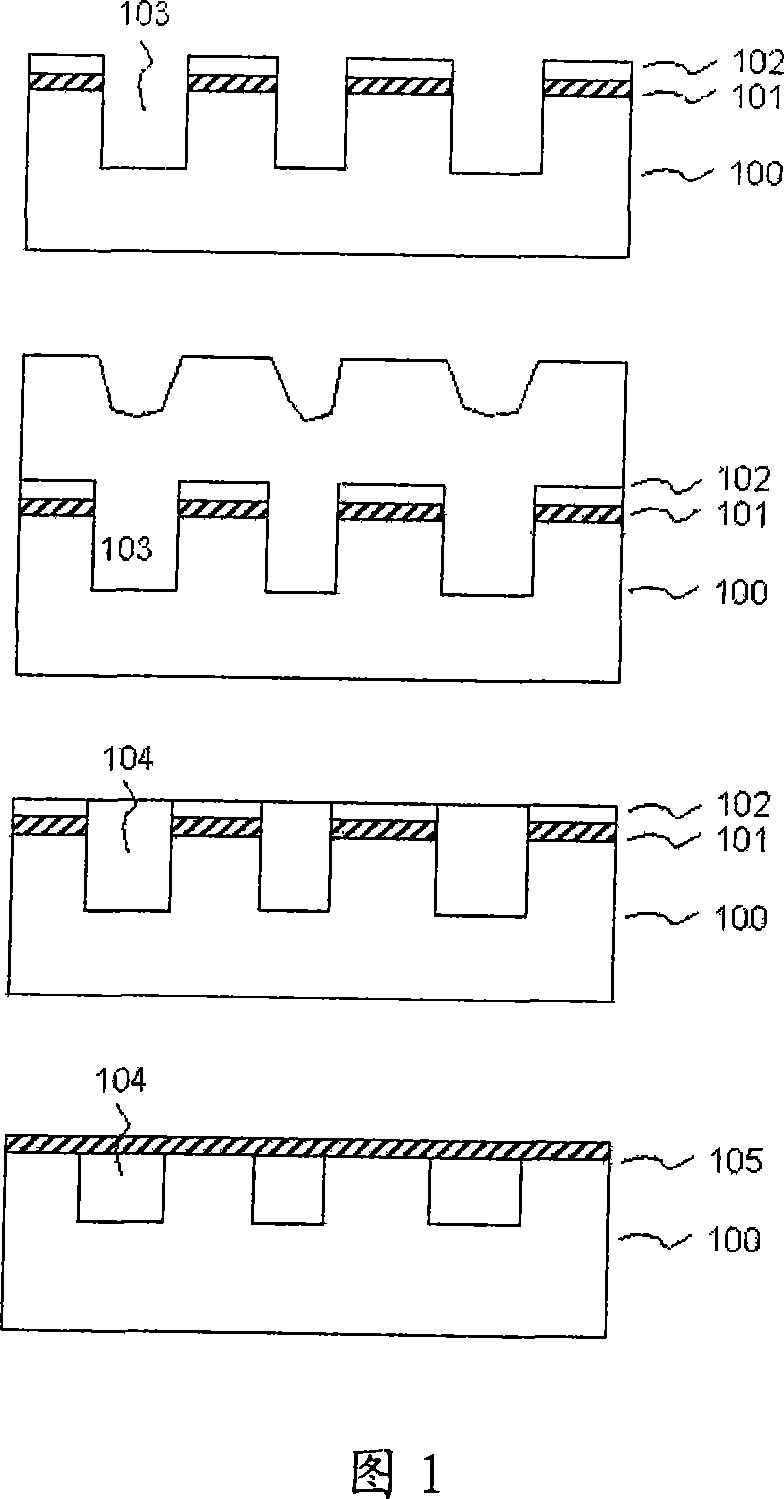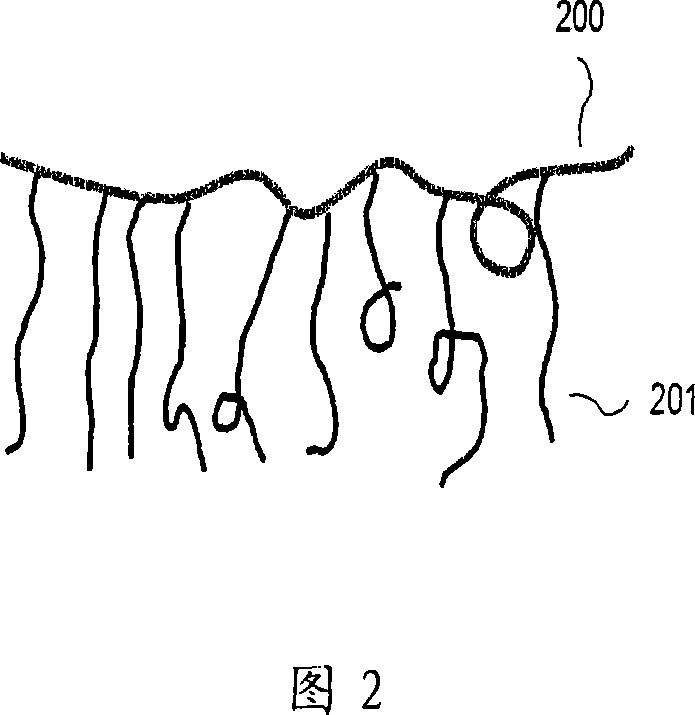Adjuvant for chemical mechanical polishing slurry
A kind of auxiliary agent, slurry technology, used in other chemical processes, chemical instruments and methods, polishing compositions containing abrasives, etc.
- Summary
- Abstract
- Description
- Claims
- Application Information
AI Technical Summary
Problems solved by technology
Method used
Image
Examples
Embodiment 1
[0072] Embodiment 1. is used for the preparation of auxiliary agent of CMP slurry
[0073] (preparation of macromonomer)
[0074] Into a 500 mL four-necked flask equipped with a stirrer, a thermometer, a nitrogen inlet, and a condenser, 75 parts by weight of isopropanol was added, and the mixture was bubbled with nitrogen at reflux temperature for about 20 minutes. Then, 0.032 g of bis(borondifluorodiphenylglyoxime) cobalt (II) (bis(borondifluorodiphenyl glycyoxime) CoII)) was dissolved in 80 g of methyl ethyl ketone, and it was added dropwise over about 270 minutes into the above reactor. At the same time, monomers containing 10 parts by weight of methacrylic acid and 90 parts by weight of hydroxyethyl methacrylate and monomers dissolved in 49 g of isopropanol, containing 1 g of 2,2- Polymerization initiator solution of azobis-2-methyl-butyronitrile. After the polymerization initiator solution was added, the reaction mixture was maintained at reflux temperature for about 3...
Embodiment 2
[0082] Embodiment 2 is used for the preparation of the auxiliary agent of CMP slurry
[0083] (preparation of macromonomer)
[0084] The macromonomer was prepared in the same manner as described in Example 1.
[0085] (Preparation of grafted polyelectrolyte)
[0086] Into a 500 mL four-neck flask equipped with a stirrer, thermometer, nitrogen inlet and condenser were added 120 parts by weight of isopropanol, 30 parts by weight of the above-mentioned macromonomer, 2.9 parts by weight of methyl methacrylate and 7.1 parts by weight of of acrylic acid, the mixture was foamed at reflux temperature for about 10 minutes.
[0087] 0.2 parts by weight of tert-amyl peroxypivalate as an initiator was added to the mixture, and a monomer comprising 17.2 parts by weight of methyl methacrylate and 42.8 parts by weight of acrylic acid and 1.0 parts by weight of of tert-amyl peroxypivalate. Then, 0.3 parts by weight of tert-amyl peroxypivalate was added dropwise thereto with 10 minutes, an...
Embodiment 3
[0092] Embodiment 3 is used for the preparation of the auxiliary agent of CMP slurry
[0093] (preparation of macromonomer)
[0094] Except using 100 parts by weight of hydroxyethyl methacrylate to replace the monomer comprising 10 parts by weight of methacrylic acid mixed with 90 parts by weight of hydroxyethyl methacrylate, the same method as described in Example 1 was used to obtain a large single body solution. The molecular weight of the macromonomer obtained in this example was 1,000, the degree of polymerization was 8, and the purity was about 96%.
[0095] (Preparation of grafted polyelectrolyte)
[0096] Into a 500 mL four-necked flask equipped with a stirrer, thermometer, nitrogen inlet and condenser, add 120 parts by weight of isopropanol, 30 parts by weight of the above-mentioned macromonomer, 4.3 parts by weight of methyl methacrylate and 5.3 parts by weight of acrylic acid, the mixture was foamed at reflux temperature for about 10 minutes.
[0097] Add 0.2 pa...
PUM
| Property | Measurement | Unit |
|---|---|---|
| degree of polymerization | aaaaa | aaaaa |
Abstract
Description
Claims
Application Information
 Login to View More
Login to View More - R&D
- Intellectual Property
- Life Sciences
- Materials
- Tech Scout
- Unparalleled Data Quality
- Higher Quality Content
- 60% Fewer Hallucinations
Browse by: Latest US Patents, China's latest patents, Technical Efficacy Thesaurus, Application Domain, Technology Topic, Popular Technical Reports.
© 2025 PatSnap. All rights reserved.Legal|Privacy policy|Modern Slavery Act Transparency Statement|Sitemap|About US| Contact US: help@patsnap.com


